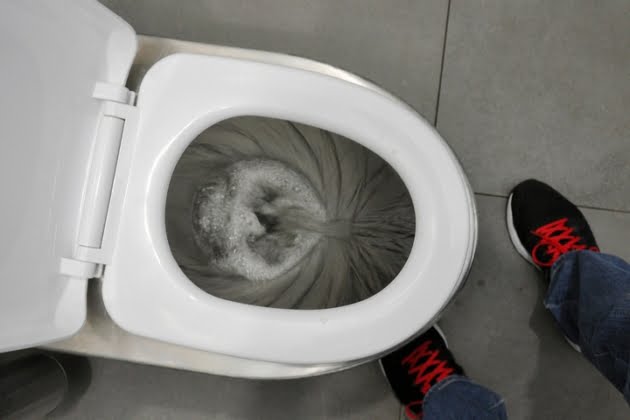Most homeowners feel a sense of dread any time the toilet doesn’t flush normally. This is particularly true with slow flushing toilets. Although the toilet seems to be working, the draining process takes far longer than what makes you feel comfortable. It can be a slow and agonizing wait before the flushing cycle is finally completed.
When a toilet flushes very slowly, this is often the symptom of a bigger plumbing problem in your home. A slow draining toilet also comes with various side effects, such as unpleasant odours and unsightly buildup in the bowl. To avoid prolonged inconvenience, it is best to contact a plumber and have the toilet fixed.
A slow draining toilet can leave you feeling flustered and frustrated, especially when you don’t know what is causing the weak flush. To help you identify the problem, here are some common explanations for a slow draining toilet:
1. Low water level in the toilet

The most common cause for slow flushing toilets is a low water level in the tank. When the tank water is at the recommended level, there is power and intensity for effective flushing, allowing the toilet to empty quickly. When the water level is low, there isn’t enough flushing force to completely empty the toilet bowl. This lack of power is what causes the toilet to drain slowly.
When your toilet flushes very slowly, checking the water level in the tank should be your first diagnostic step. Begin by lifting the water tank lid. The water you see in the tank should be about half an inch from the top of the overflow tube. If it’s any lower than that, you lose flushing power because your water level settings are too low. In this case, replenish the toilet by adding more water to the tank.
2. Clogged toilet pipeline
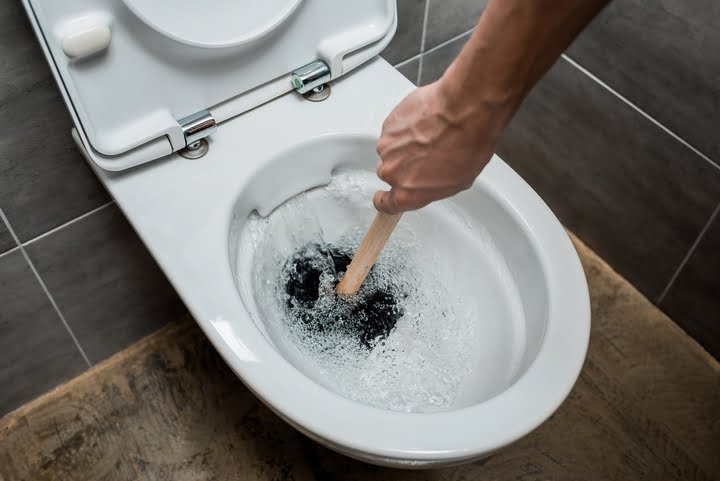
You might experience slow draining in your toilet due to a mild clog in the drain or its trap. While a big clog won’t allow you to flush at all, a mild one will lead to a slow trickle of a flush.
It’s easy to figure out whether you have a clogged toilet. Simply pour a gallon of water down the toilet bowl. If the water in the bowl rises very quickly, then you know you have a clog in the pipeline somewhere. A plunger or a snake can be used to fix simple clogs, but a plumber should be contacted if your unclogging attempts do not work.
3. Mineral buildup in toilet bowl
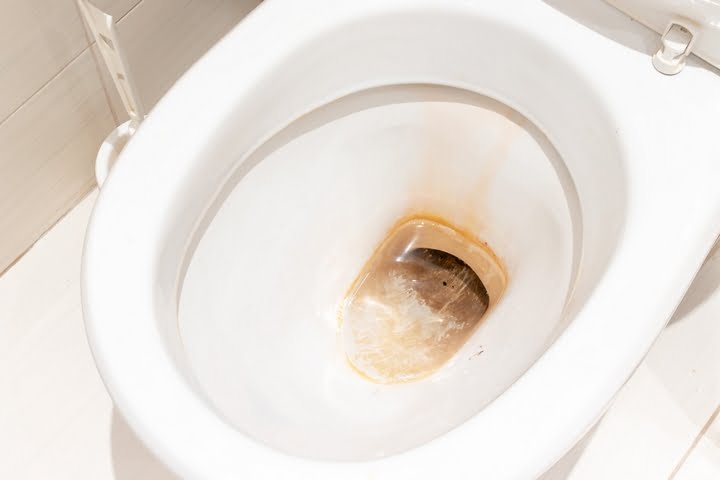
Around the rim of your toilet, there are jet holes that contribute to the flushing action. These jet holes might be all clogged up with mineral buildup. In this case, the minerals may be causing the pressure to get less powerful with every flush.
If this is the issue, you may be able to clear out the jet holes by scraping the mineral buildup with a metal tool like a screwdriver. You can also use a mineral remover or contact a plumber for additional help.
4. Hard water buildup
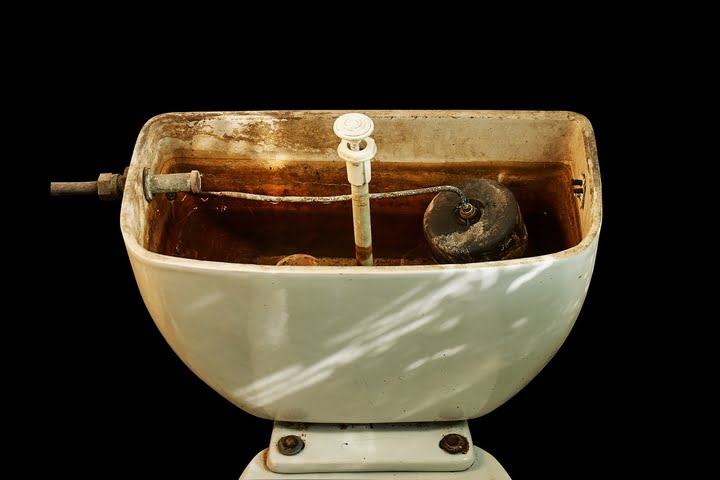
If your home has hard water, there might be naturally occurring minerals like magnesium carbonates, potassium, and calcium in your pipes. These minerals could damage your toilet without you realizing it. When you have hard water, the minerals stay behind after the water has gone down the drain. Over time, they accumulate until the buildup blocks the pipes and affects the way your toilet flushes.
You’ll probably need a plumber to diagnose this issue and remove the mineral buildup. You’ll also want to consider installing a water softener to prevent it from recurring in the future. A water softener treats your hard water and removes calcium before it even enters your home.
Alternatively, you can place calcium deposit pills in the toilet tank. These pills are made up of distilled white vinegar and other chemicals to break down the mineral buildup. Just throw the pills in the toilet tank, wait ten minutes, and then flush.
5. Toilet flapper problems
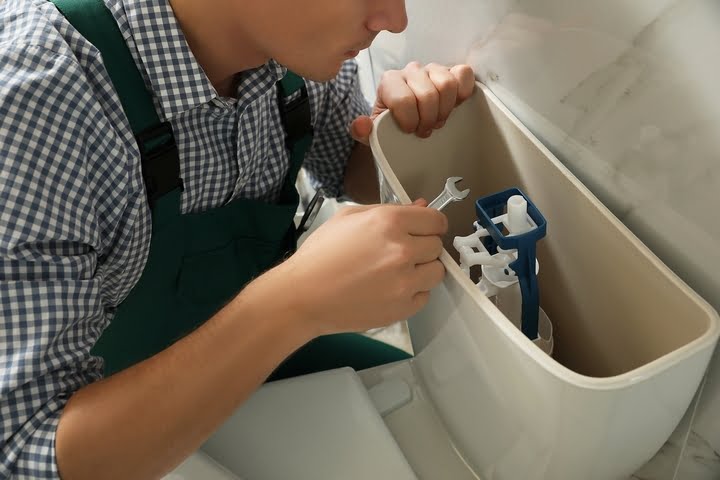
The rubber piece at the bottom of the toilet tank is called the flapper. It’s a good idea to check this flushing mechanism if you have problems flushing. A flapper with a broken chain or a faulty seal won’t flush properly. This part can be repaired or replaced, based on your plumber’s recommendation.
6. Improper Ventilation

Improper ventilation can cause your toilet to lack proper pressurization. This is a problem since toilets rely on a precise system of pressure physics to flush the contents in the bowl. Pressure is also needed to move the debris down the pipes, dispense them into the sewer line, and prevent the contents from coming back up the bowl.
If your ventilation isn’t effective, this whole system can be negatively affected. This might be the cause of your slow flushing toilet, especially if you hear a strange gurgling sound when you flush. The sound may indicate there isn’t enough air in the waste lines for water to flow through them.



